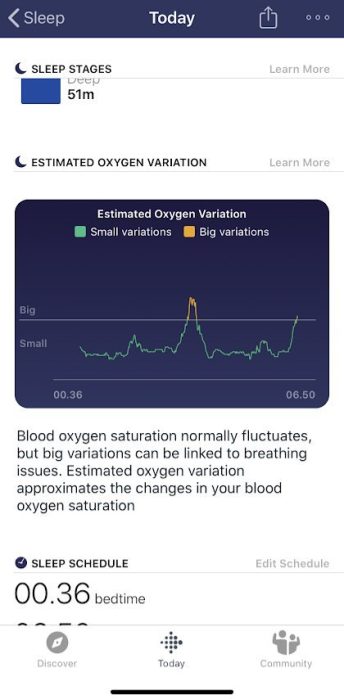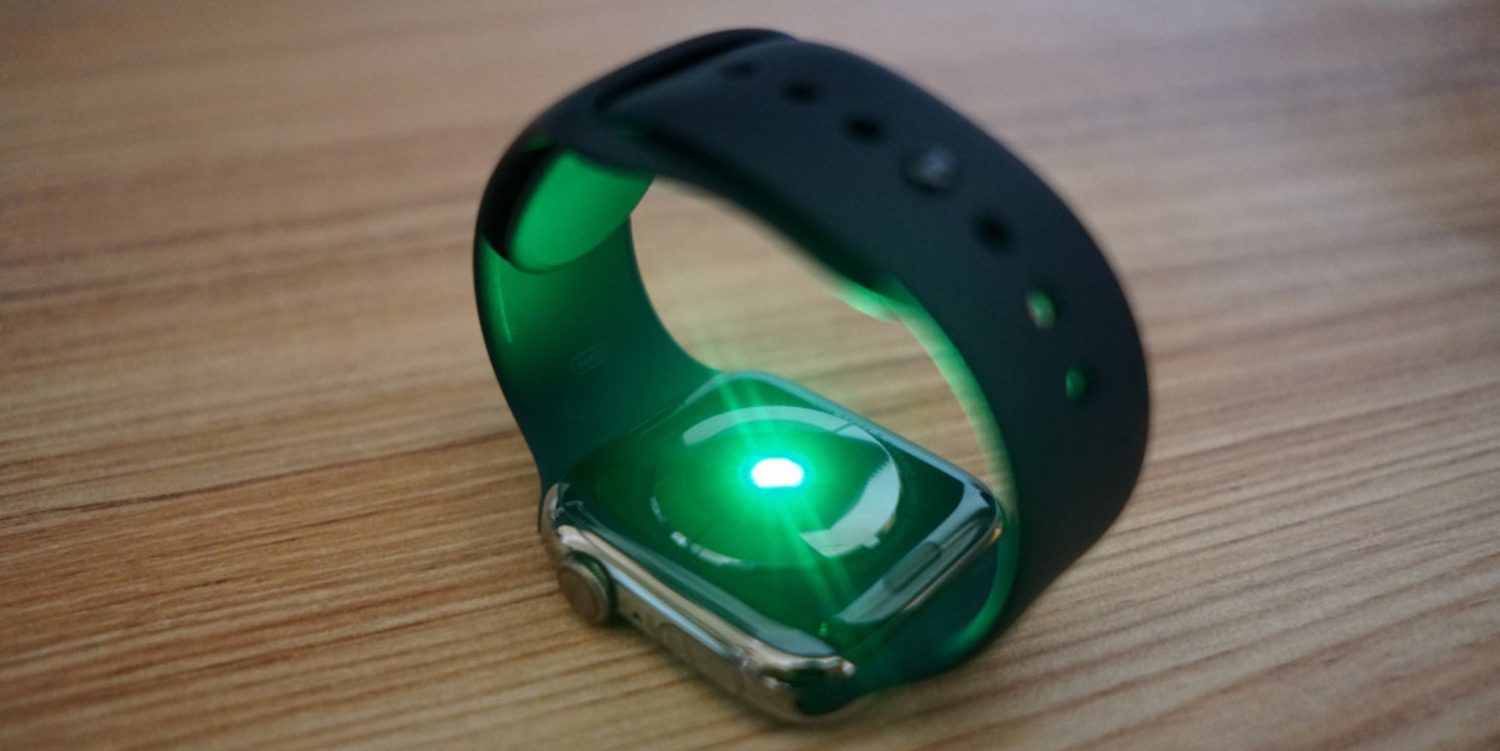Fitbit is rolling out the ability for some of its smartwatches and fitness trackers to track blood oxygen levels (Sp02) with a software update. While Fitbit has been struggling for some time and was recently purchased by Google, this is a notable upgrade for existing customers and comes ahead of Apple Watch gaining the feature.
When the original Apple Watch was released back in 2015, it was discovered by iFixit that it appeared to have the capability to monitor blood oxygen levels. While we’ve seen many great health features and advancements from the world’s most popular smartwatch, SpO2 is something Apple still hasn’t delivered (although it has offered VO2 max for some time).
Reported by Tizenhelp, some Fitbit users in the US started seeing blood oxygen monitoring data showing up in the app today for all of the company’s devices that feature an SpO2 sensor. Those include the Fitbit Ionic, Versa, and Charge 3 fitness tracker.
The Fitbit app does note that the SpO2 levels are “Estimated.” The new section in the app also shares:
Blood oxygen saturation normally fluctuates, but big variations can be linked to breathing issues. Estimated oxygen variation approximates the changes in your blood oxygen saturation.
Sp02 levels help with more accurate sleep tracking and detecting health issues like sleep apnea.

Since it’s likely Apple Watch already has the hardware in place for blood oxygen monitoring, it may be just the issue of getting approval from the FDA. If SpO2 tracking does arrive with watchOS 7 it might be possible it comes to existing Apple Watch hardware instead of just the 2020 hardware release.
Apple also has a patent for Apple Watch to track blood pressure and blood sugar monitoring is also rumored to be in testing as far back as 2017.

